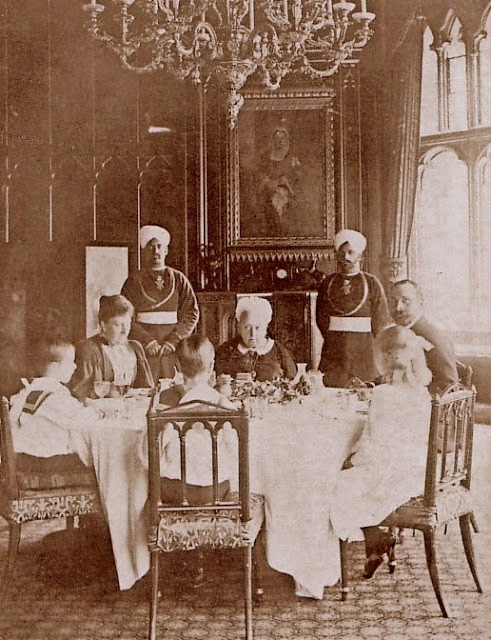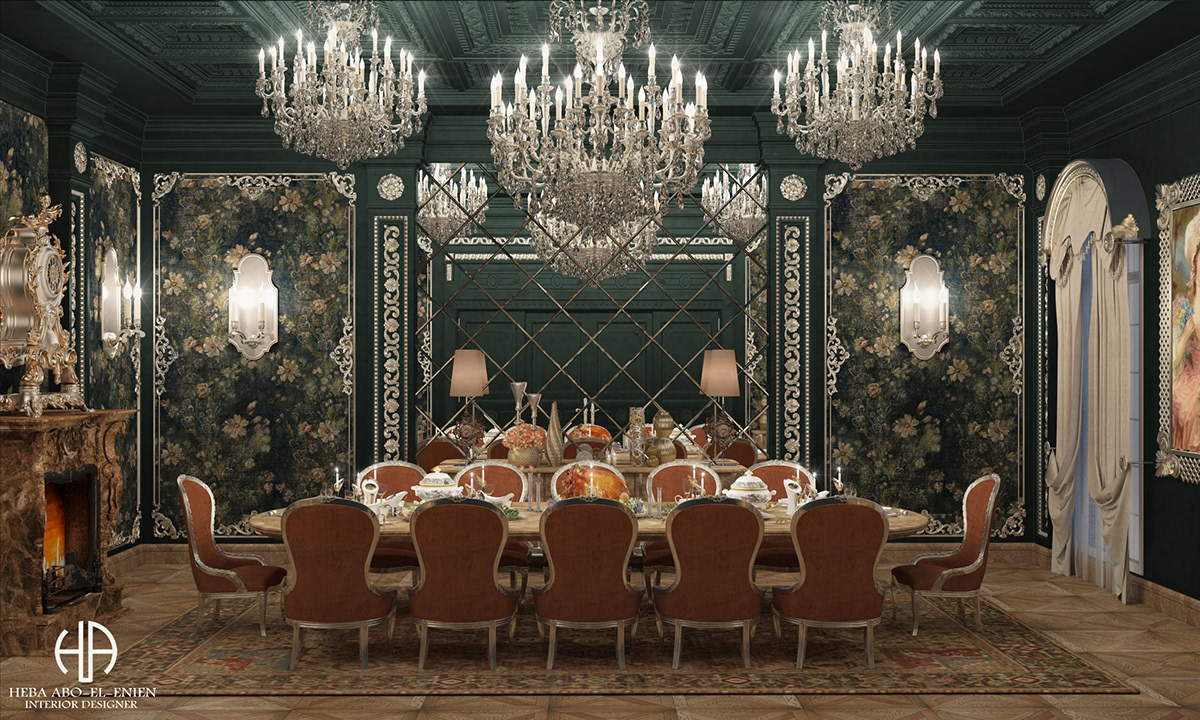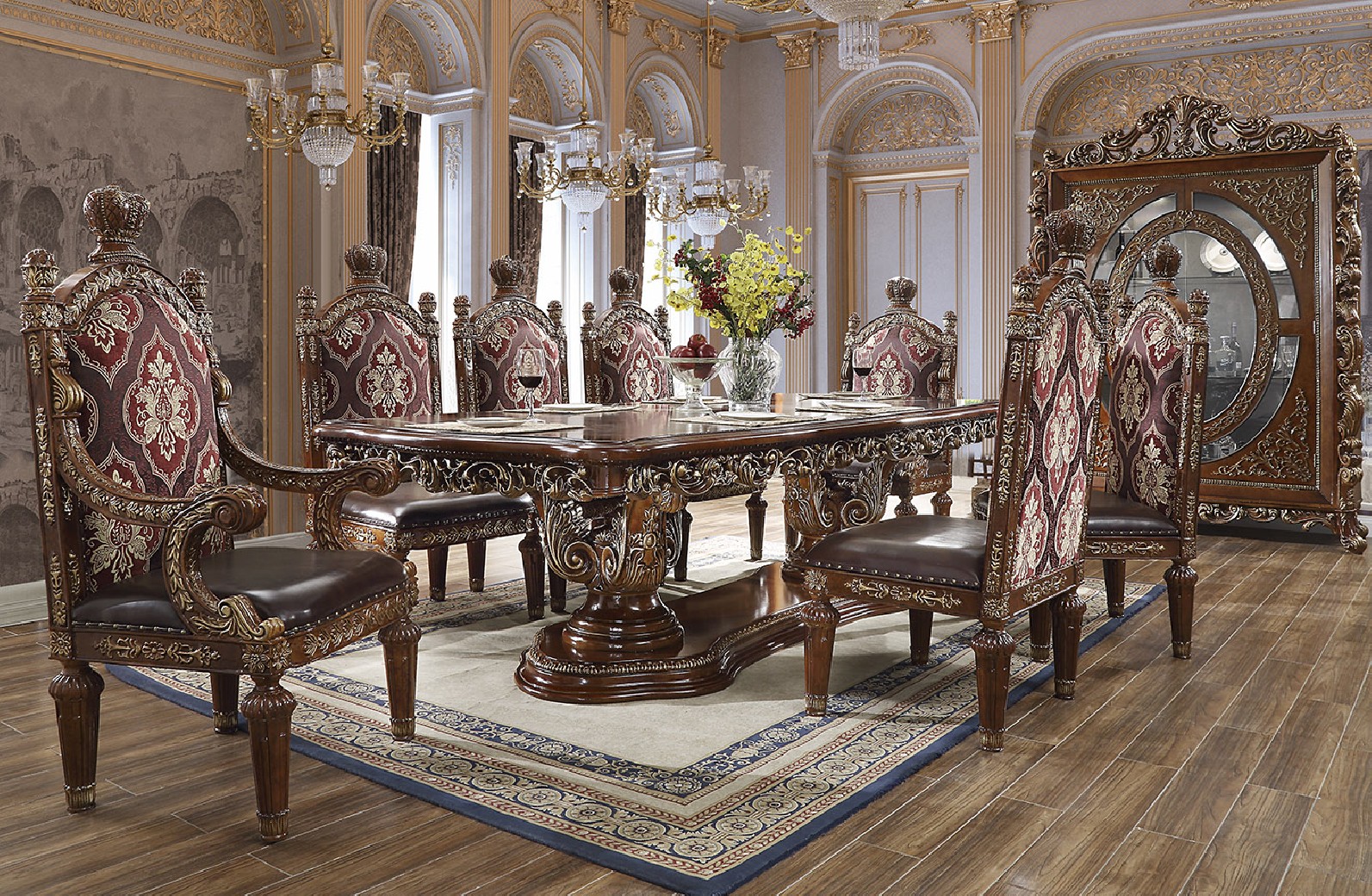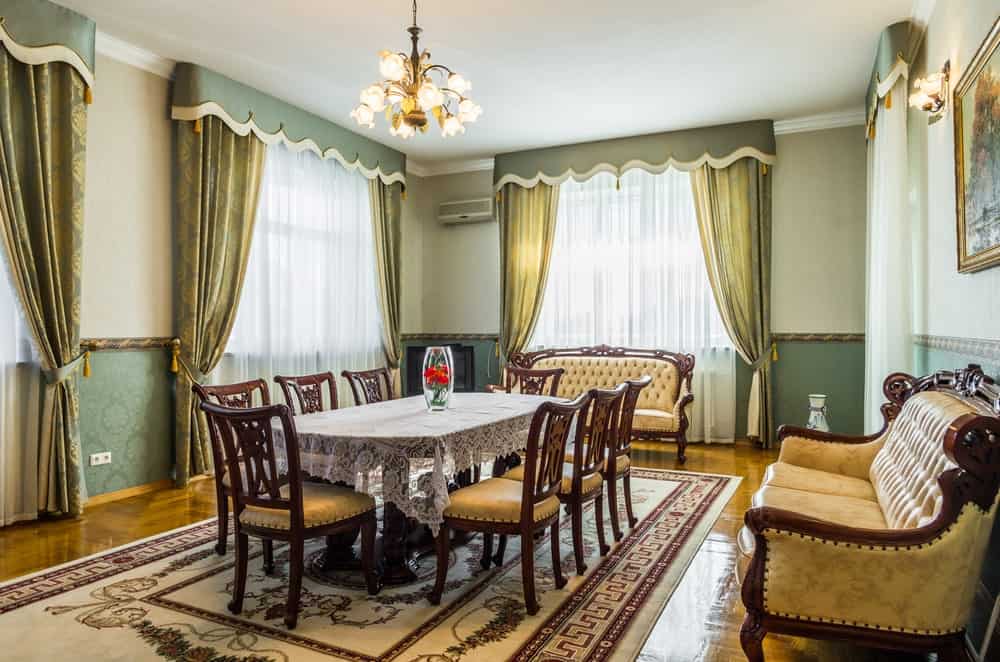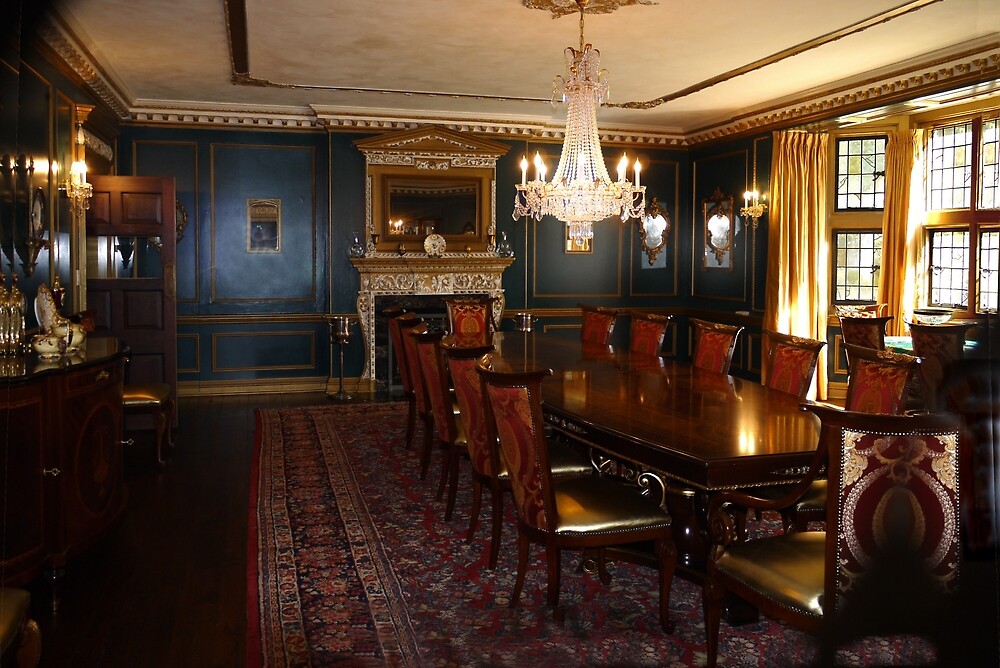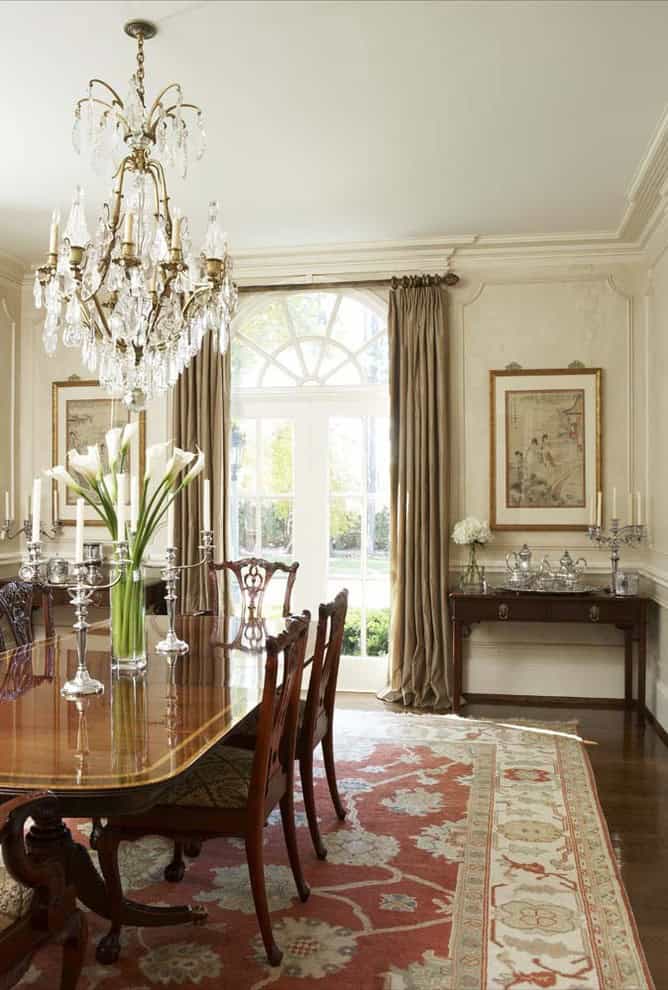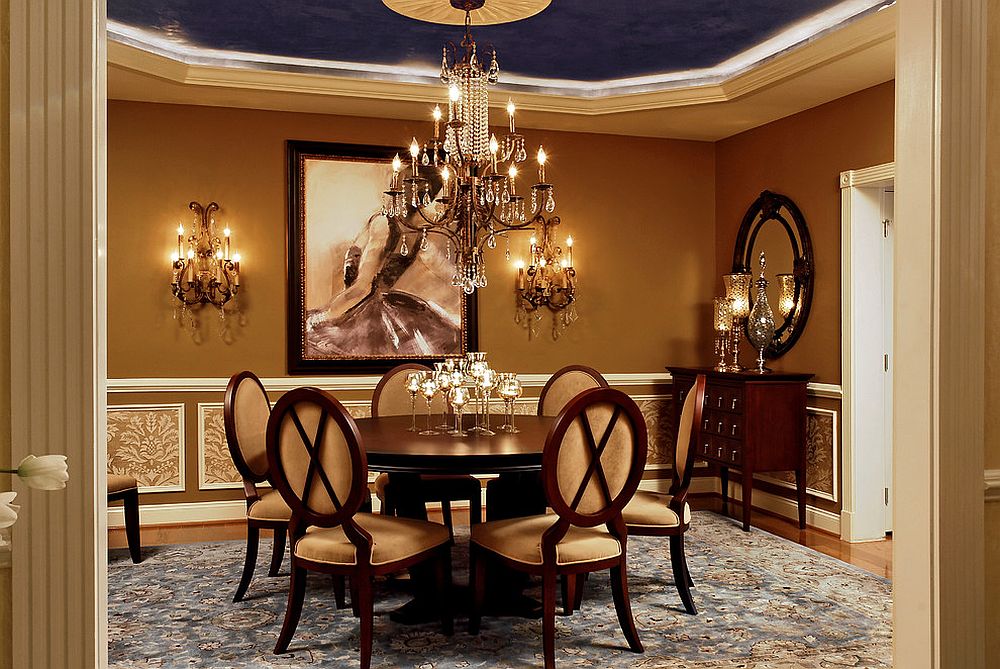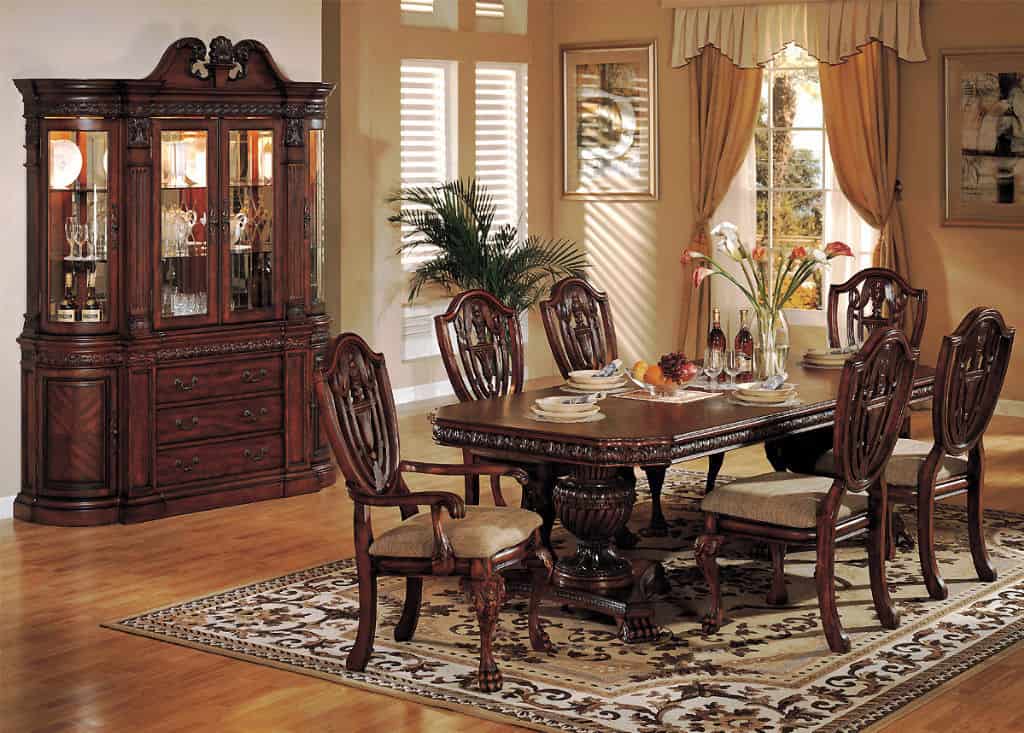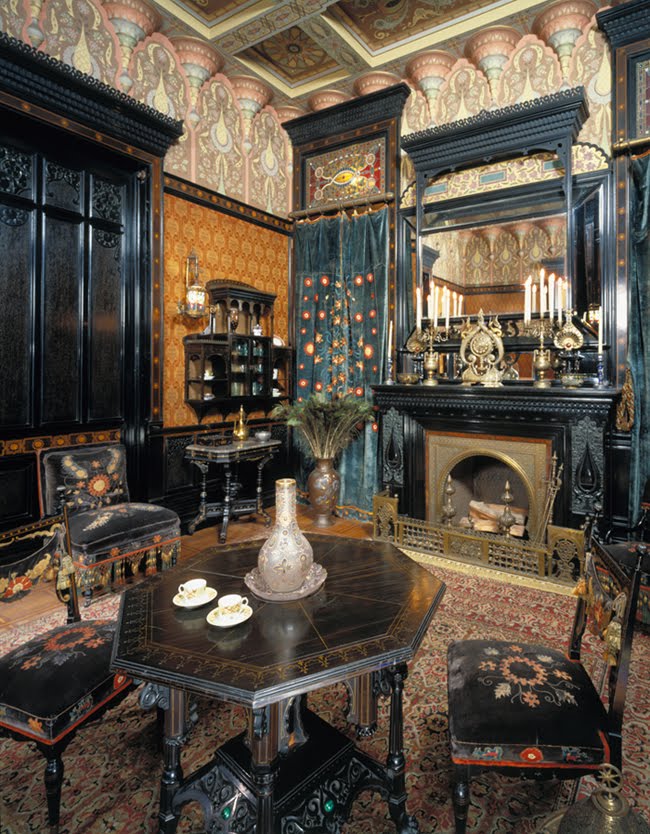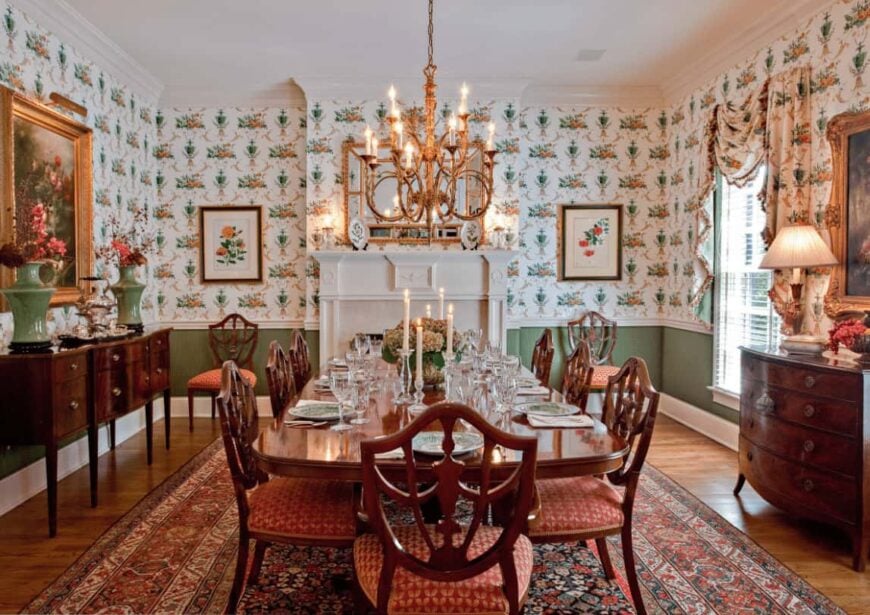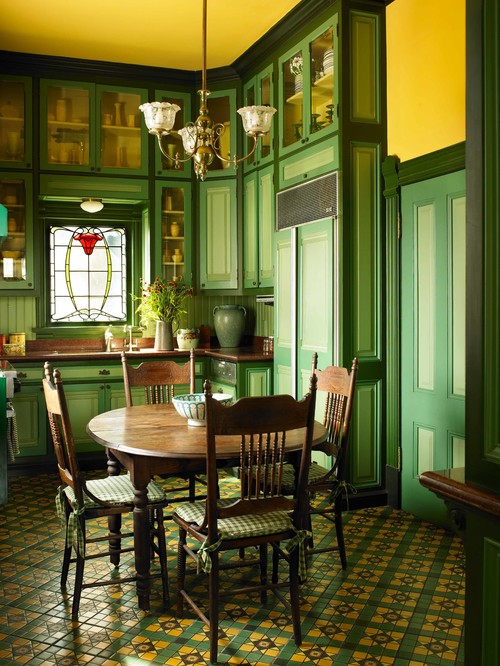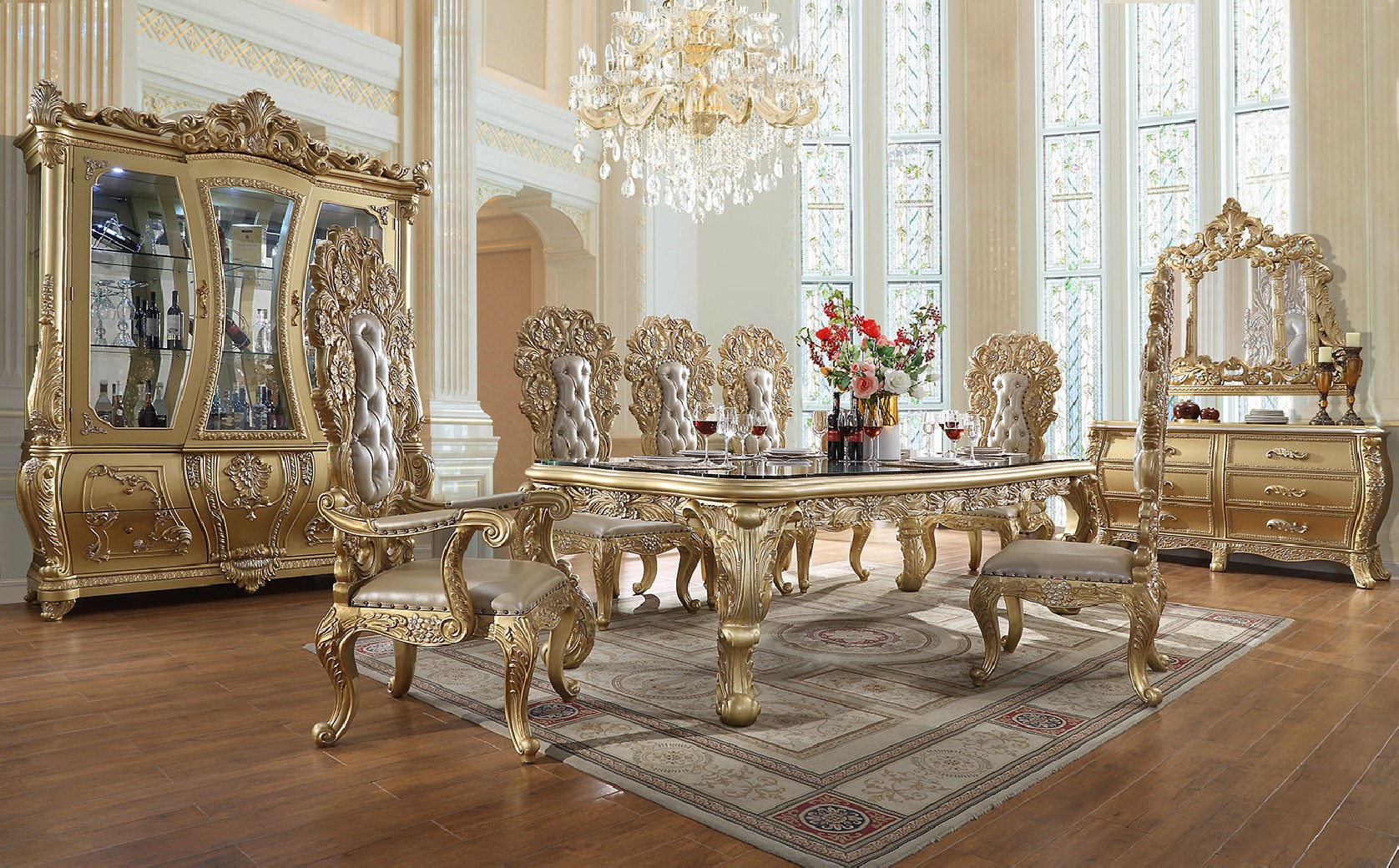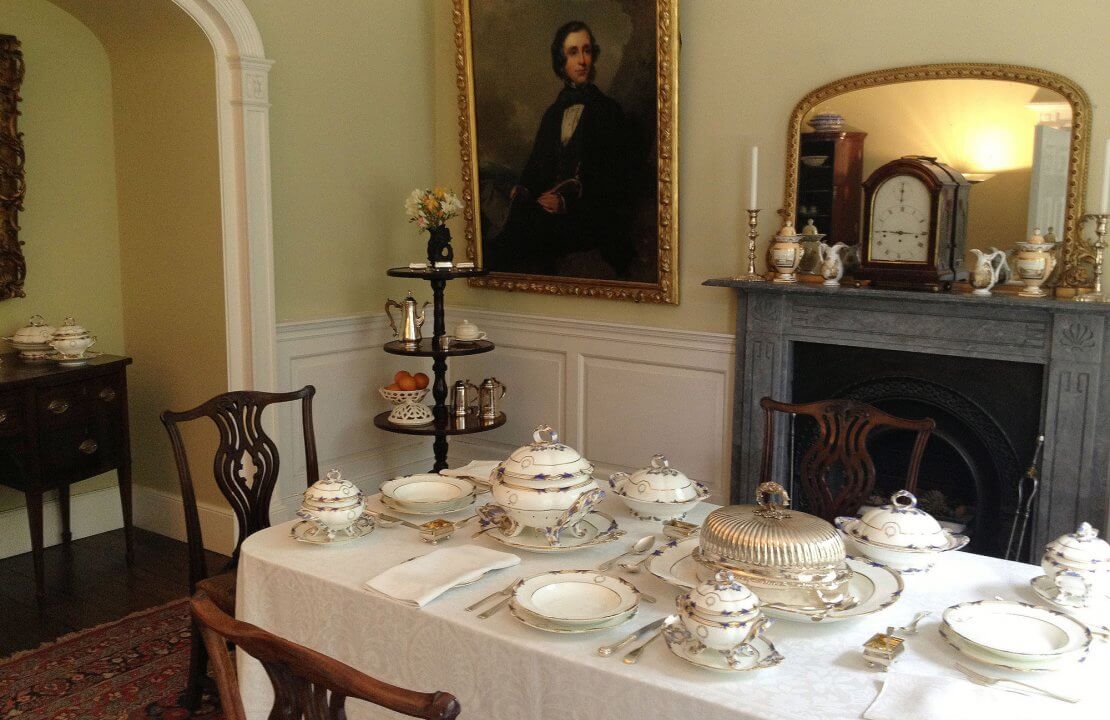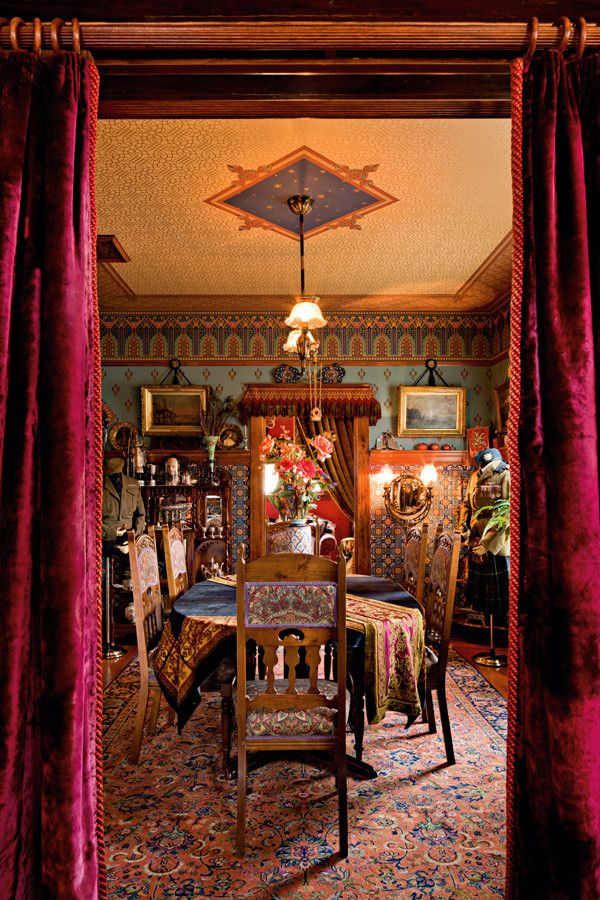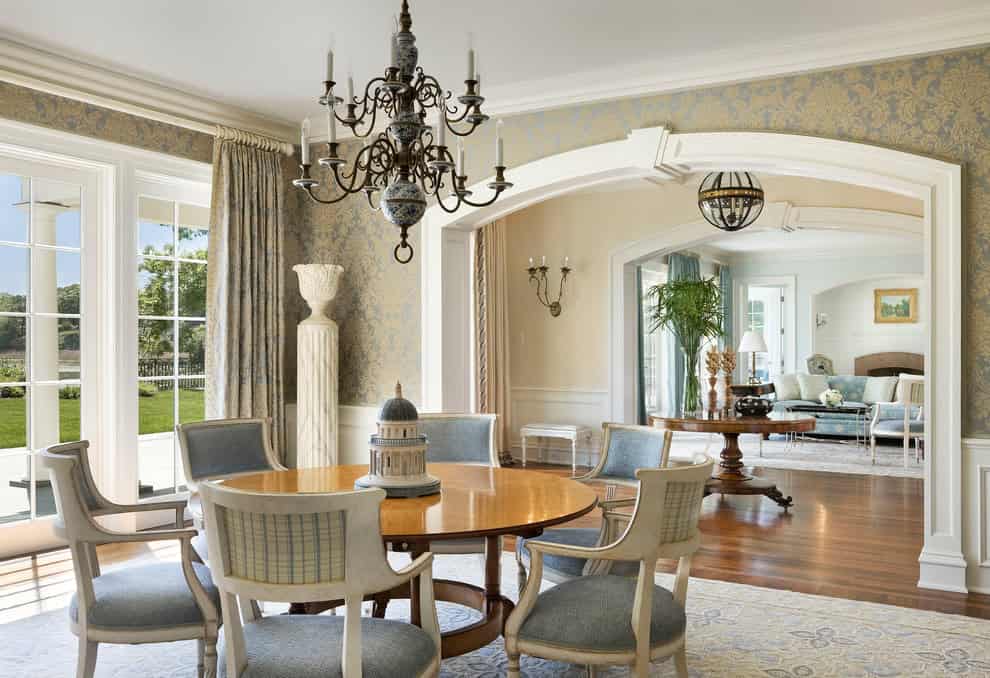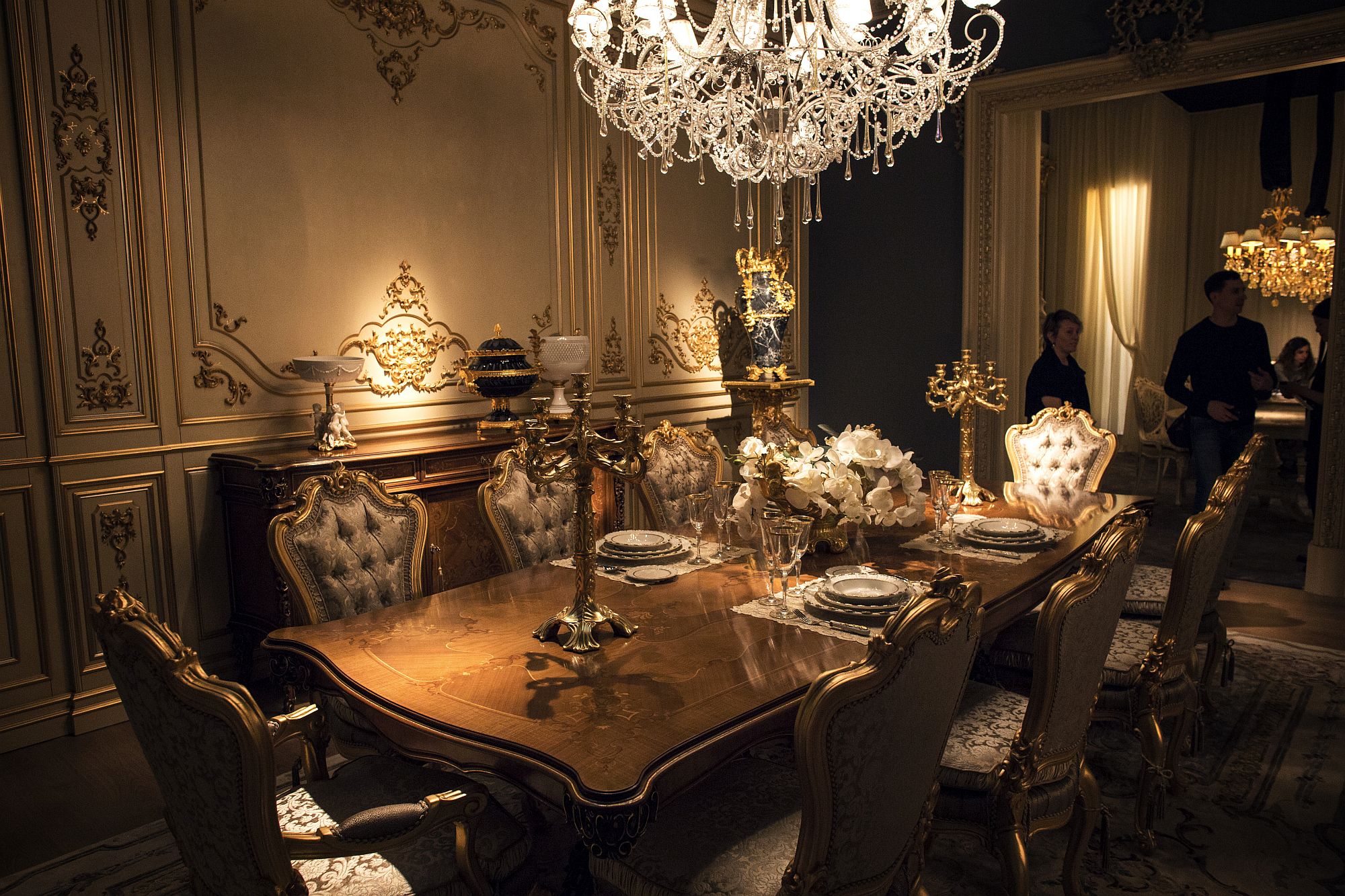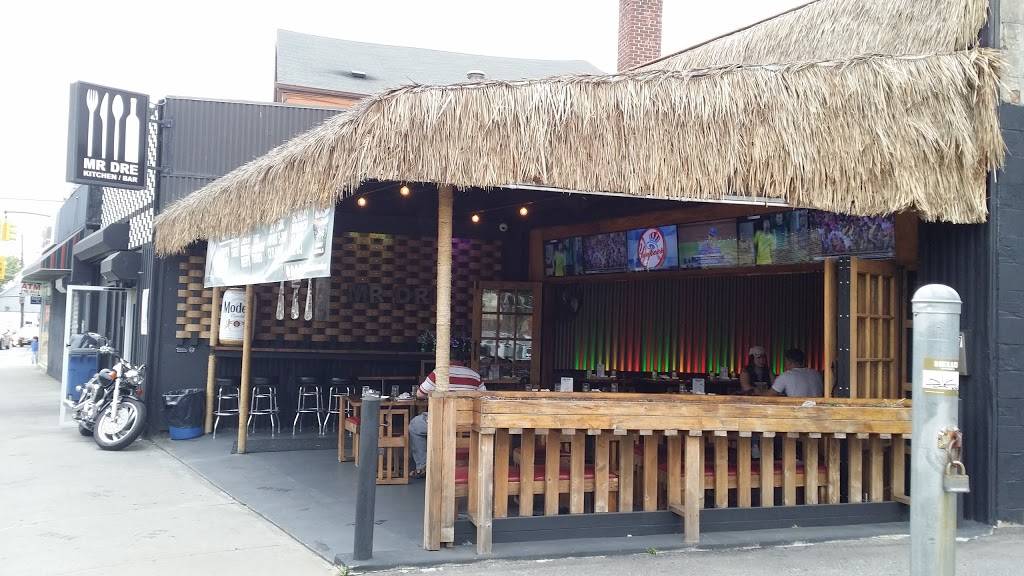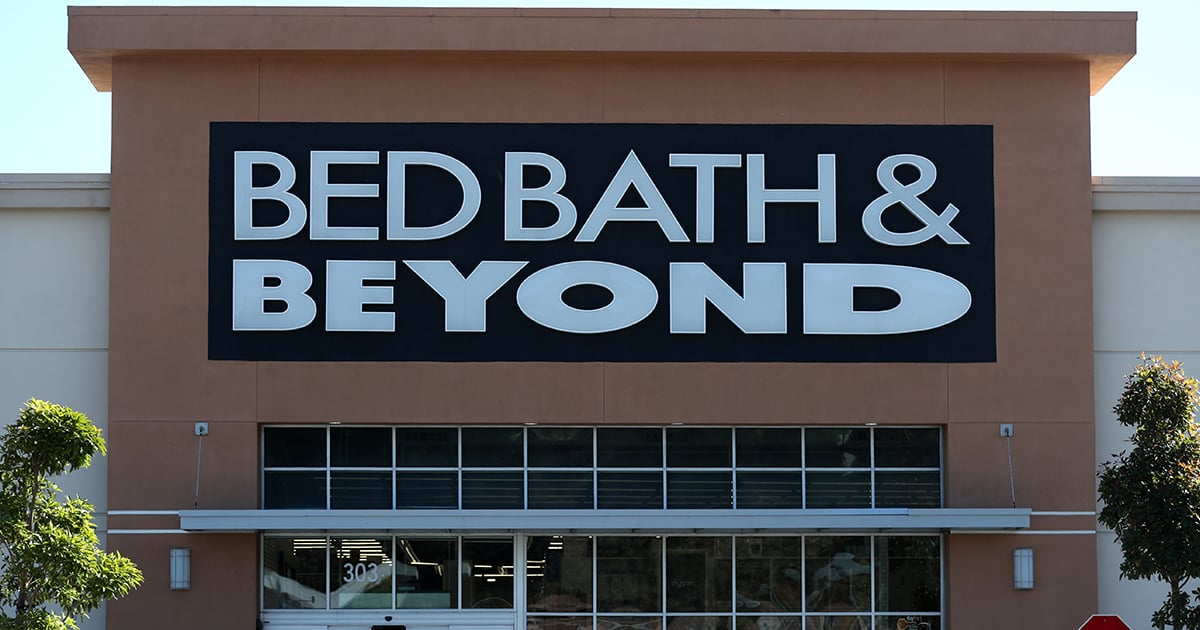In the Victorian era, dining was considered a formal affair and proper etiquette was highly valued. The dining room was seen as a place to showcase one's status and manners, and it was expected that everyone knew and followed the proper dining etiquette. Here are the top 10 dining room etiquette rules that were followed during the Victorian era.Victorian Era Dining Room Etiquette
Manners were of utmost importance in the Victorian dining room. It was expected that everyone would be well-mannered and polite, especially towards their hosts and other guests. This included using proper table manners, speaking in a respectful tone, and avoiding any impolite or rude behavior.Victorian Dining Room Manners
Customs and traditions played a significant role in Victorian dining etiquette. For example, it was customary for the men to stand when a woman entered the room and for the host to give a toast before the meal began. It was also customary for guests to wait until the host or hostess had been served before starting their meal.Victorian Dining Room Customs
Decorum, or proper conduct, was highly valued in the Victorian era. This included showing respect to everyone at the table, using appropriate language, and avoiding any controversial or sensitive topics of conversation. The dining room was seen as a place for refined and dignified behavior.Victorian Dining Room Decorum
There were many rules that were followed in the Victorian dining room. These included using the correct utensils for each course, waiting to be served by the host or hostess, and not starting to eat until everyone was seated and served. It was also considered impolite to leave the table during the meal, unless it was an emergency.Victorian Dining Room Rules
Traditions were an important part of Victorian dining etiquette. One tradition that was followed was the use of calling cards. Guests would leave their calling cards at the host's home before the dinner party as a sign of respect and to confirm their attendance. Another tradition was the use of a soup tureen, which was a large bowl used to serve soup to all the guests.Victorian Dining Room Traditions
As a guest, it was important to follow proper dining etiquette in the Victorian era. This included dressing appropriately for the occasion, arriving on time, and bringing a small gift for the host or hostess. It was also expected that guests would engage in polite conversation and compliment the food and decor.Victorian Dining Room Etiquette for Guests
Hosts had a lot of responsibilities when it came to dining etiquette in the Victorian era. They were expected to provide a well-decorated and clean dining room, serve a variety of courses, and make sure all the guests were comfortable and well-fed. They were also responsible for seating arrangements and keeping the conversation flowing.Victorian Dining Room Etiquette for Hosts
The table setting in the Victorian dining room was a work of art. It was expected that the table would be set with fine china, crystal glasses, and silverware. Each course had its own set of utensils and the proper placement of each item was crucial. The table was also adorned with beautiful centerpieces and floral arrangements.Victorian Dining Room Table Setting
Seating arrangements were carefully planned in the Victorian dining room. The host and hostess would sit at opposite ends of the table, with the most important guests seated next to them. The seating arrangement was a way to show hierarchy and social status. It was also important to make sure that guests were seated next to people they were familiar with and could engage in pleasant conversation with.Victorian Dining Room Seating Arrangements
The Importance of Dining Room Etiquette in the Victorian Era

The Dining Room as a Social Space
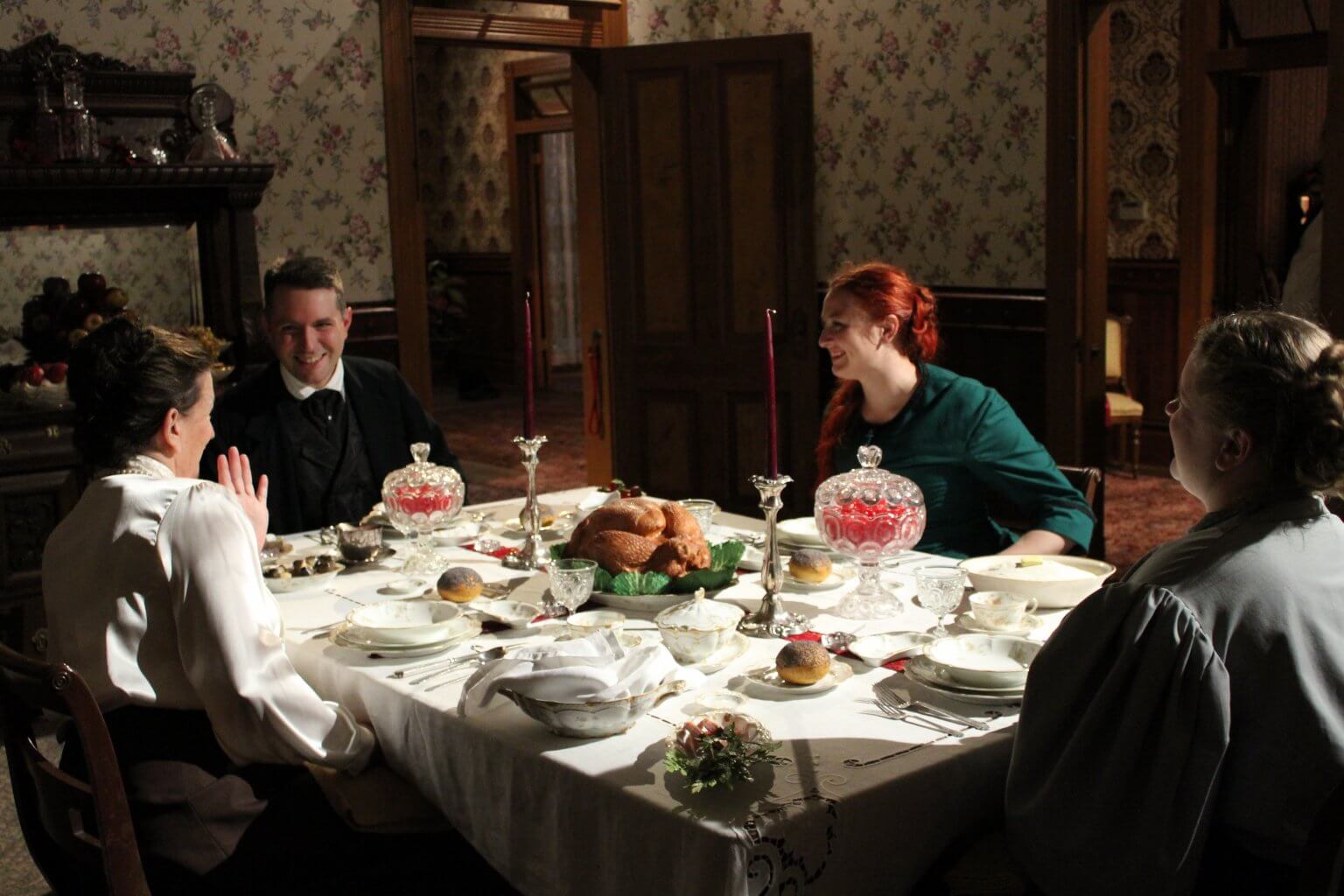 In the Victorian era, the dining room was not just a place for eating meals. It was also a social space where families and guests would gather to engage in lively conversations and display their manners and etiquette.
Dining etiquette was highly valued and considered a symbol of a person's upbringing and social status.
Therefore, it was essential for individuals to adhere to strict rules and protocols when dining in the company of others.
In the Victorian era, the dining room was not just a place for eating meals. It was also a social space where families and guests would gather to engage in lively conversations and display their manners and etiquette.
Dining etiquette was highly valued and considered a symbol of a person's upbringing and social status.
Therefore, it was essential for individuals to adhere to strict rules and protocols when dining in the company of others.
The Role of the Host and Hostess
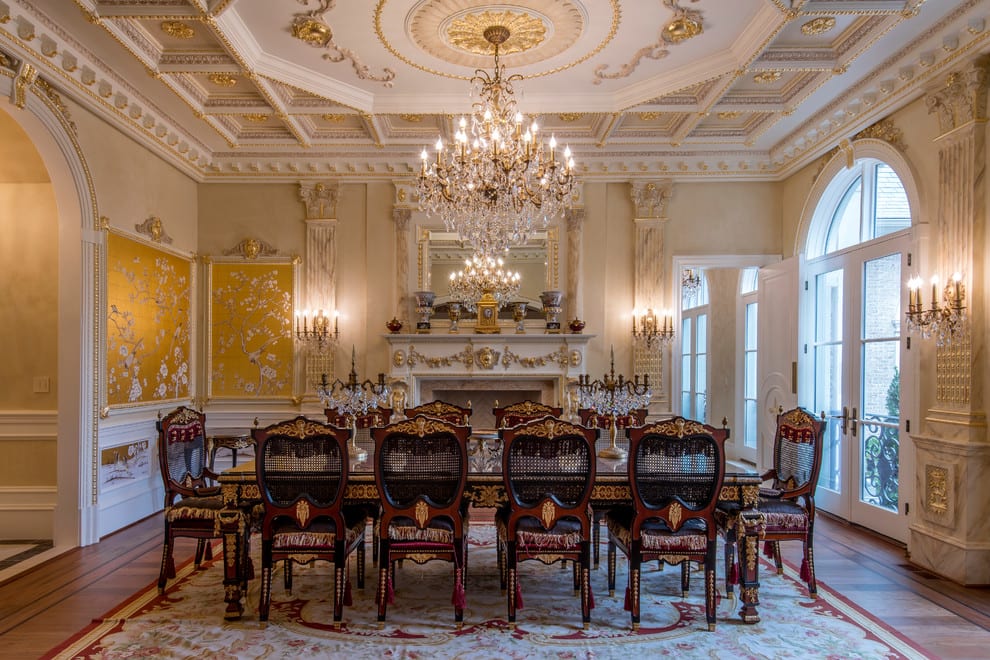 In Victorian society, the host and hostess held great responsibility in creating a pleasant and refined dining experience for their guests.
They were expected to set the tone for the meal and ensure that everyone followed proper dining etiquette.
This included arranging the seating plan, serving the food, and initiating table conversations. The host and hostess were also responsible for making sure that their guests were comfortable and well taken care of throughout the meal.
In Victorian society, the host and hostess held great responsibility in creating a pleasant and refined dining experience for their guests.
They were expected to set the tone for the meal and ensure that everyone followed proper dining etiquette.
This included arranging the seating plan, serving the food, and initiating table conversations. The host and hostess were also responsible for making sure that their guests were comfortable and well taken care of throughout the meal.
The Art of Table Setting
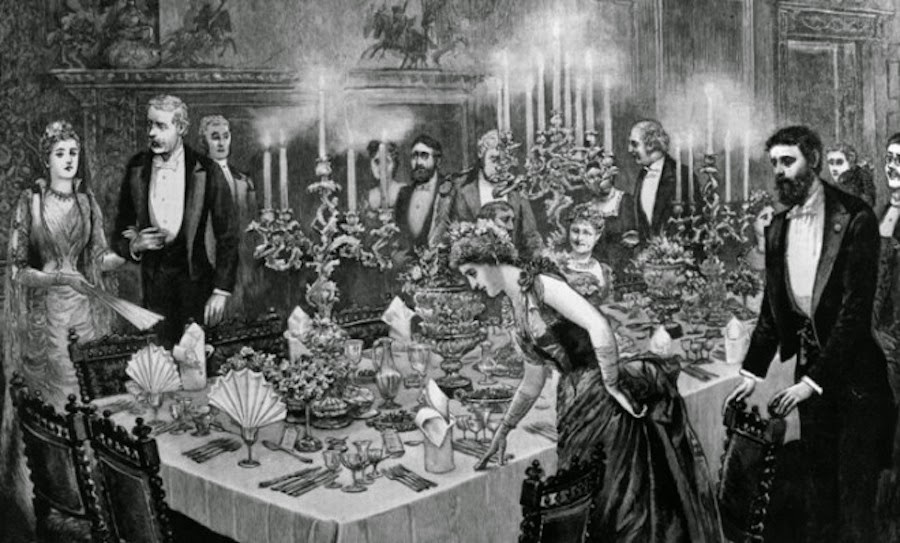 Proper table setting was a crucial aspect of dining room etiquette in the Victorian era.
The table was set with great attention to detail, and each item had its specific place and purpose.
From the tablecloth and napkins to the silverware and glasses, everything had to be arranged in a precise manner.
The use of
beautiful
china and crystal was also essential in creating an elegant and refined dining experience.
Proper table setting was a crucial aspect of dining room etiquette in the Victorian era.
The table was set with great attention to detail, and each item had its specific place and purpose.
From the tablecloth and napkins to the silverware and glasses, everything had to be arranged in a precise manner.
The use of
beautiful
china and crystal was also essential in creating an elegant and refined dining experience.
The Dos and Don'ts of Dining Etiquette
 Victorian dining etiquette had many rules and guidelines that individuals were expected to follow. Some of the dos and don'ts included keeping elbows off the table, using utensils correctly, and waiting for the host or hostess to start eating before beginning a meal.
It was also considered impolite to speak with your mouth full or to reach across the table for food.
Additionally, guests were expected to wait for the host or hostess to signal that the meal was over before leaving the table.
Victorian dining etiquette had many rules and guidelines that individuals were expected to follow. Some of the dos and don'ts included keeping elbows off the table, using utensils correctly, and waiting for the host or hostess to start eating before beginning a meal.
It was also considered impolite to speak with your mouth full or to reach across the table for food.
Additionally, guests were expected to wait for the host or hostess to signal that the meal was over before leaving the table.
The Legacy of Victorian Dining Etiquette
 Although dining etiquette may not be as strictly followed in modern times, the legacy of Victorian dining etiquette lives on.
The principles of proper manners and respect for others are still valued today, and many of the rules and protocols from the Victorian era are still considered important in formal dining settings.
So the next time you sit down for a meal, remember the importance of dining room etiquette and its impact on society throughout history.
Although dining etiquette may not be as strictly followed in modern times, the legacy of Victorian dining etiquette lives on.
The principles of proper manners and respect for others are still valued today, and many of the rules and protocols from the Victorian era are still considered important in formal dining settings.
So the next time you sit down for a meal, remember the importance of dining room etiquette and its impact on society throughout history.


